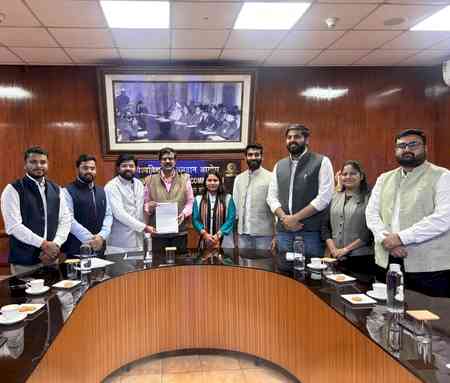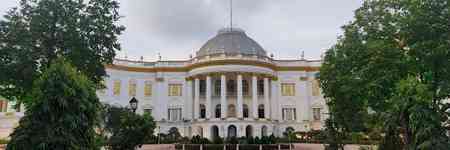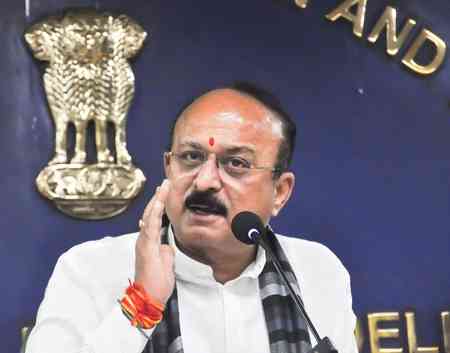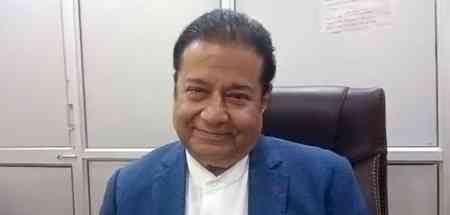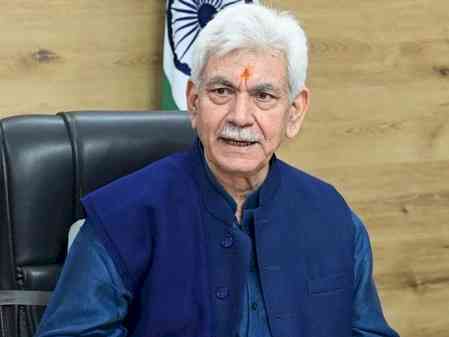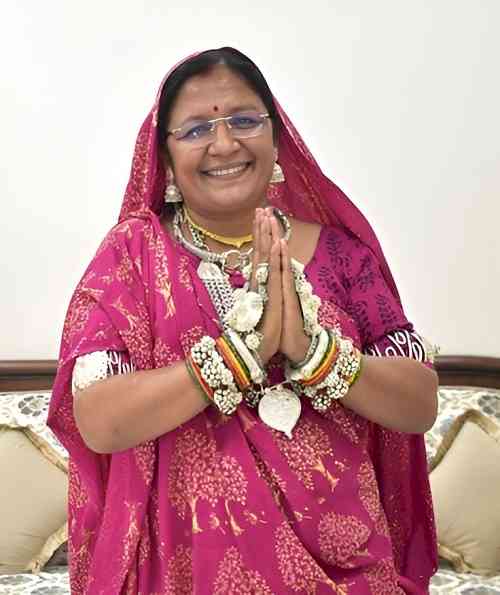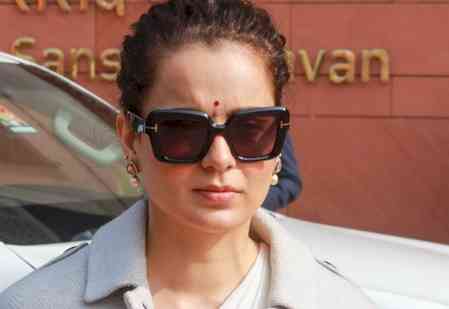Lecture on Public Health Discussion in The Constituent Assembly
The Department of political science, Panjab University organized a special lecture to commemorate 75years of India’s independence.

Chandigarh, August 25, 2022: The Department of political science, Panjab University organized a special lecture to commemorate 75years of India’s independence. Professor K. K. Kailash of Hyderabad Central University in his explorative desk research based paper examined the Constituent Assembly Debates (CAD) to map the thoughts of the founding minds on the subject of public health. The research identified five dimensions of the way in which health was used in the CAD. These include health as a metaphor, persuasive tool, legitimation device, federal dimension and health as health. The study focused on three research questions: first, whether public health was a concern in the making of the constitution; second, how the concept of health was understood; third, which level of government was responsible for health and finally, the issue of resources and finances. Looking for possible answers, he referred to scholarly studies on the CAD, which have examined issues like democracy, equality, justice, property, and secularism. However, Dr Kailash found that public health did not necessarily receive much attention despite the members agreeing to establish social and economic democracy as well with political/electoral democracy. The absence of lengthy discussions on public health in the CA was primarily because much of the conversation took place outside and also why the discussion in the CA did not get into the details and complexities. At the same time, it also indicates a definitive agreement on the importance of public health and how it could be improved over a period of time. However, the reality is that in the part three of the constitutional text dealing with fundamental rights, right to health and education were not included in the constitutional text. While education did get mention in the directive principles part, health remained neglected. This raises the basic questions, including the place of health in the Indian Constitution and its commitment to good health services for its citizens, especially the women and marginalized groups. At the time of writing the constitution, an overwhelming percentage of Indians were below the poverty line and average life expectancy was only 27 years.
Professor Kailash also referred to the question as to how the constitution-makers visualized the public health federal interface. Despite there being an overwhelming consensus that health was a key nation-building activity and the government had to take responsibility, there were differences as to which level it was to be handled. Sifting through the CAD debates show that members were aware of the great differences between different parts of the country. States and provinces that were doing better were concerned about how they could maintain their existing standards. They were fearful that they would lose in the long run as the quality of services would come down. At the same time, some states were asking for more finances and resources to be diverted to their regions, given the abysmal conditions of health care. Even during the recent public health crisis in the form of COVID-19 spread, the question emerged whether centre or the state can be considered best equipped to handle such a crisis? Is India’s scratchy management without unity of purpose during the height of the crisis marked a failure of the federal spirit? Who should finance the prevention, mitigation and recovery from the health crisis? How can the holistic healthcare become a reality on the ground?


 City Air News
City Air News 
